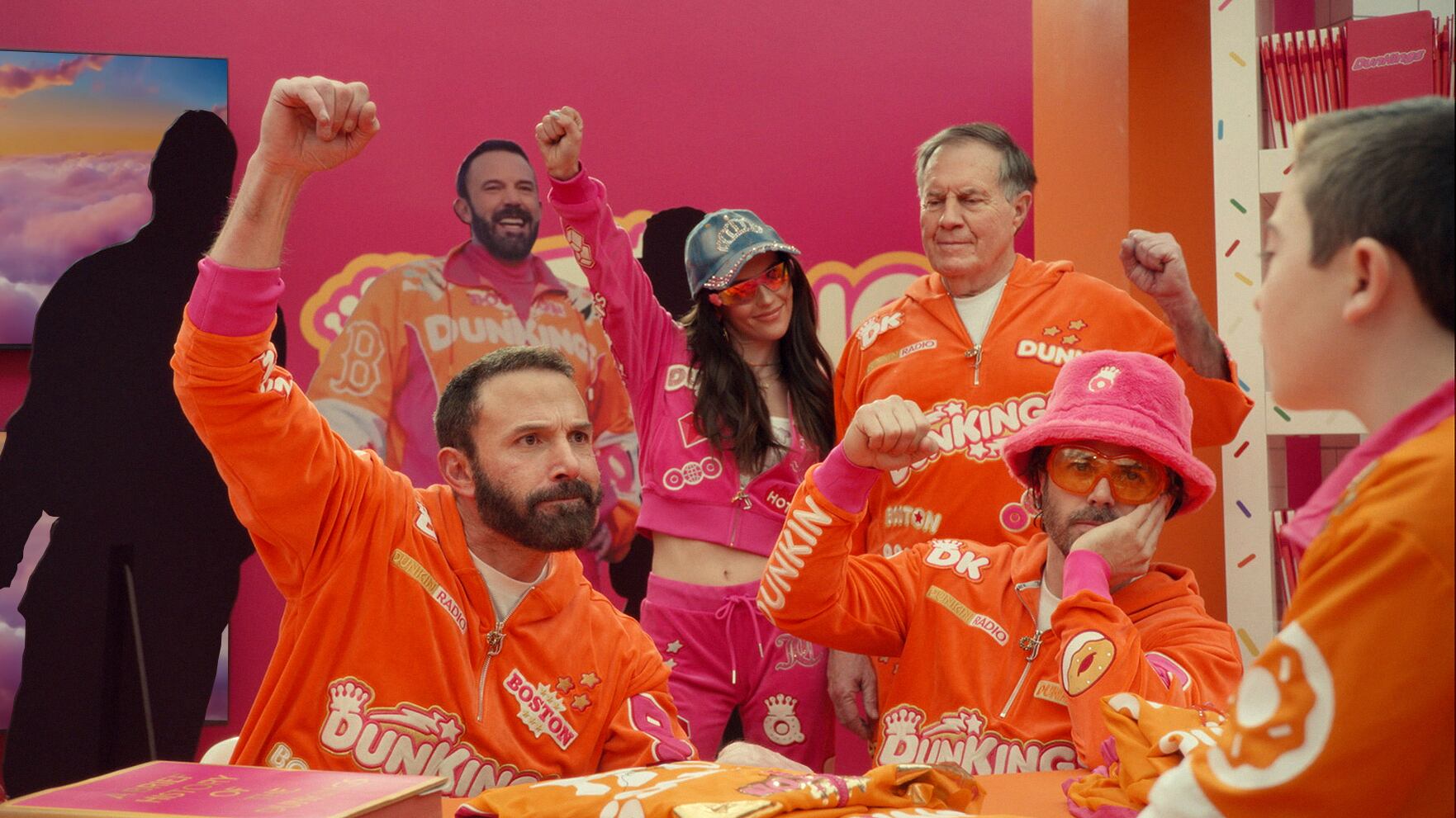Every year, brands pour millions of dollars into Super Bowl commercials, banking on the idea that their 30-second spot will leave a lasting impression and increase both sales and revenue. But do college students — one of the most coveted advertising demographics — even remember these ads?
In 2025, advertisers paid an average of eight million dollars to air a 30-second long commercial during the Super Bowl LXI broadcast. This breaks down into almost $267,000 per second. Or if you wanted to analyze based on viewers, with 126 million viewers tuning in for Super Bowl LIX, amounts to about 6.3 cents per person. That is, if they respond to the ads and don’t just tune in for the halftime show.
Ad prices increased by almost $3 million from 2020 to 2025. But in the 15-year period from 2005 to 2020, ad prices also rose by about $3 million, showing the exponentially higher prices advertisers and companies are willing to pay for each ad campaign.
For Caroline Vandemeer, a sophomore majoring in mechanical engineering, the ads were more of an afterthought of the Super Bowl experience. Most of her attention went to the halftime show, but she remembered Apple Music’s ad following the performance.
“I think there’s so many ways to influence consumers better than an ad during this Super Bowl. The only major ad that everyone sees, for sure, is the one after the halftime performance,” she said.
In September 2022, the National Football League announced that Apple Music would be the sponsor of the Super Bowl halftime show. Apple pays $50 million per year for the sponsorship, which is nearly six times the average amount spent on ads.
Similarly to Vandemeer, Emily Abts, a junior majoring in real estate development, mentioned that the only ad she truly connected with was the Carl’s Junior ad featuring influencer Alix Earle. She attributed the reach of this ad to the power of celebrity presence, saying that the ad “was talked about prior to the Super Bowl and after.”
This begs the question: while Super Bowl ads may be effective, is the $8 million price tag justifiable if brands can achieve similar reach through social media buzz and influencer marketing?
Vance Kim, a public relations and advertising adjunct instructor at USC Annenberg School for Communication and Journalism, shed some light on the lifecycle of ads and why brands continue to reinvest in these ads. For Kim, each ad has become an attention grab, not a platform for large announcements or new campaigns.
Kim refers to this shift as “almost like a Tiktok video, brought to the Super Bowl,” and he said that the true power of the ad does not come until weeks after the airing.
“The Super Bowl spot is like the tip of a huge digital social media iceberg. The ad was just 30 seconds during the game, but it extended across the internet and the social media sphere,” he said.
Julian Daller, a junior studying real estate development, said that the impact of these ads can extend beyond some extra sales.
“When you think of it with a larger picture, I think it could have a larger impact. It may not directly reflect in revenue, but I think that companies can definitely leave a mark through their ads on the Super Bowl,” he said.
Students also recognized the battle for ad space over the Vince Lombardi trophy.
Luca Yeghnazar, a sophomore business administration major, thought that over time Super Bowl ads are less about the price tags and more about the competition.
“It’s less about the actual product and more about how good companies can make their ads — how memorable can it be? Whoever does that wins the Super Bowl ad competition,” he said.
Trevor Davis, a sophomore studying business administration, agreed with Yeghnazar.
“Super Bowl ads are not really commercials, they are entertainment,” he said.
